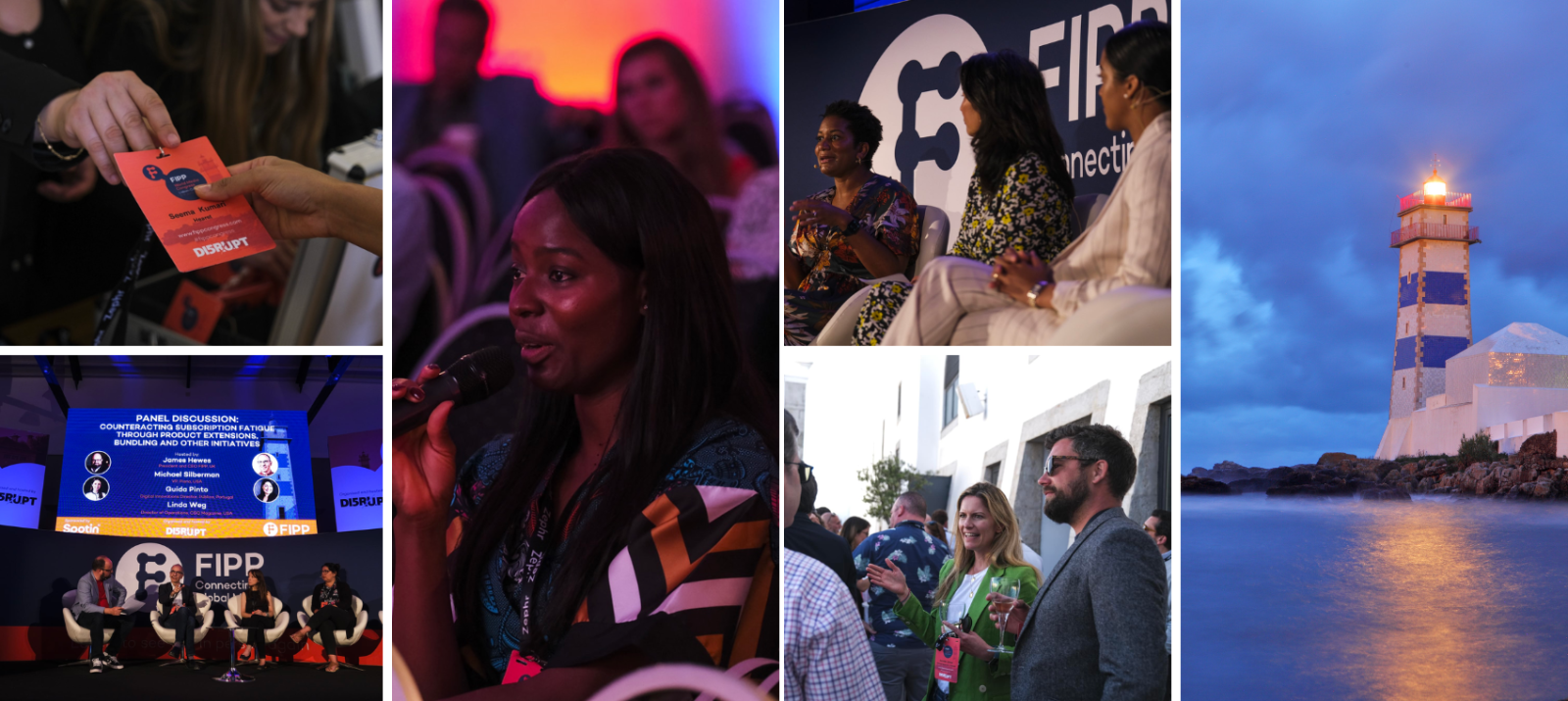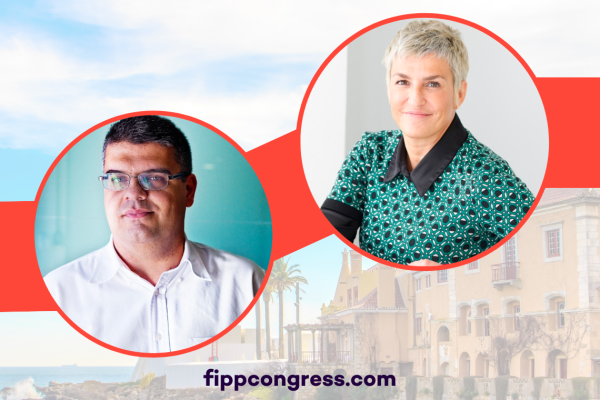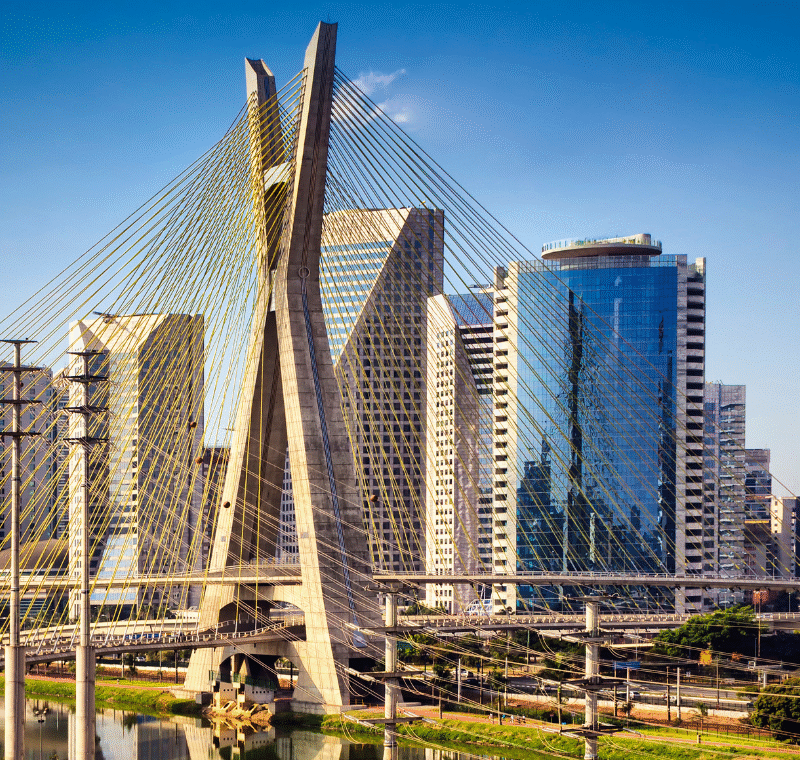Rapid-Round Congress Q&A: Gonçalo Pereira and Elsa Esparbé from National Geographic Magazines Spain and Portugal
One of the main challenges of working on a legacy magazine brand that’s been cherished by subscribers across the globe for decades is keeping it fresh and relevant.
How do you maintain the core values that made it so loved and popular while innovating to attract a new younger audience?
It’s a conundrum that has been focusing the minds of Gonçalo Pereira, Director and Elsa Esparbé Group Rights and Licensing Manager, who are both part of the leadership team at National Geographic Magazines Spain and Portugal.
Part of their brief too is to expand the reach of the title into new markets in Europe and South America
In this interview Gonçalo and Elsa talk about:
- The challenge of keeping high editorial standards when readers demand up-to-the-minute relevant content
- Why print magazines are not only here to stay, but are continuing to thrive
At FIPP World Media Congress in Cascais, Portugal, on 6-8 June, Gonçalo and Elsa will explain more about their roles in developing the Spanish language National Geographic brand.
For specially discounted tickets click here.
Here they respond to our rapid-round questions.
Who are you? And what is your role in the media/publishing?
I, Gonçalo, am the editor-in-chief of both National Geographic Magazines in Portugal and Spain. I’ve been working with National Geographic since 2001, which makes me almost as old as dinosaurs.
Elsa is the Group Rights and Licensing Manager of RBA. She has been in charge of the successful licensing of several RBA magazines in European and South American markets.
What have been the highlights of your career in media/publishing so far?
I’ve worked in editorial media in the past 30 years while teaching at the university. I’m the author of seven books about Journalism, History, Risk, and the Environment. National Geographic has been the challenge of my life. I was part of the team that launched it in Portugal in 2001 and 22 years later we are market leaders and a reference. Since January 2022, I’ve been asked to direct the Spanish edition of National Geographic, one of the most successful editions of the yellow border world.
What do you see as the three key trends in the media?
- The magazine market is becoming increasingly digital and the challenge is still to monetise it while keeping quality standards and increasing the rate of daily publication
- The growing specialisation of readers — magazines are now addressing very specific topics, creating niches of specialised readers which affect general-scope magazines. The reader presents him/herself as an expert nowadays and it forces publications to up their game
- The magazine’s web versions are devoted to remaining as up-to-date as possible — this was traditionally the field of newspaper websites but magazines are now occupying it too. They are adjusting for current news, with broader interpretation tools. It places a burden on staff and on the traditional way of news-making, but at the same time, it’s an interesting opportunity to use each magazine’s status to influence the national dialogue.
Anything else to communicate to FIPP congress delegates?
Despite all the doomsayers and collapse announcements, magazines maintain, in almost all markets, a public image of credibility and rigorous journalism. It is our most precious asset. As Twain would say, reports of the death of journalism were clearly exaggerated and premature.
Explore Further
- Explore National Geographic Spain here
- Follow Gonçalo Pereira on LinkedIn Follow Elsa Esparbé on LinkedIn
- See more Congress speakers
About Congress

The FIPP World Media Congress is a must-attend event for anyone in leadership positions in the media. Delegates can hear from an incredible range of media thought leaders and influencers while networking with their peers in the resort’s stunning venues and hotels.
For specially discounted tickets click here.










